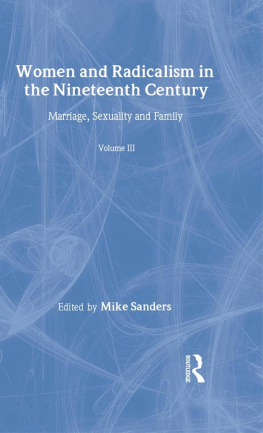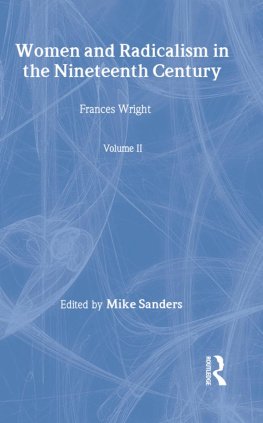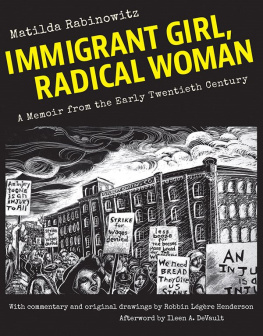Linda J. Lumsden - Black, White, and Red All Over: A Cultural History of the Radical Press in Its Heyday, 1900-1917
Here you can read online Linda J. Lumsden - Black, White, and Red All Over: A Cultural History of the Radical Press in Its Heyday, 1900-1917 full text of the book (entire story) in english for free. Download pdf and epub, get meaning, cover and reviews about this ebook. year: 2014, publisher: Kent State Univ, genre: Politics. Description of the work, (preface) as well as reviews are available. Best literature library LitArk.com created for fans of good reading and offers a wide selection of genres:
Romance novel
Science fiction
Adventure
Detective
Science
History
Home and family
Prose
Art
Politics
Computer
Non-fiction
Religion
Business
Children
Humor
Choose a favorite category and find really read worthwhile books. Enjoy immersion in the world of imagination, feel the emotions of the characters or learn something new for yourself, make an fascinating discovery.
- Book:Black, White, and Red All Over: A Cultural History of the Radical Press in Its Heyday, 1900-1917
- Author:
- Publisher:Kent State Univ
- Genre:
- Year:2014
- Rating:4 / 5
- Favourites:Add to favourites
- Your mark:
Black, White, and Red All Over: A Cultural History of the Radical Press in Its Heyday, 1900-1917: summary, description and annotation
We offer to read an annotation, description, summary or preface (depends on what the author of the book "Black, White, and Red All Over: A Cultural History of the Radical Press in Its Heyday, 1900-1917" wrote himself). If you haven't found the necessary information about the book — write in the comments, we will try to find it.
Hundreds of newspapers and magazines published by socialists, anarchists, and the Industrial Workers of the World in the years before World War I offered sharp critiques of the emerging corporate state that remain relevant in light of gaping twenty-first-century social inequity. Black, White, and Red All Over offers the first comprehensive narrative to explore the central role that a broad swathe of social movement media played in radical movements, stirring millions of Americans a century ago.
Author Linda J. Lumsden mines more than a dozen diverse radical periodicals including Progressive Woman, Industrial Worker, Wilshires, the Messenger, Mother Earth, Appeal to Reason, New York Call, and International Socialist Review to demonstrate how they served anarchists, socialists, and industrial unionists in their quest to topple capitalism and create their varied visions of a cooperative commonwealth. The book argues that these subversive periodicals were quintessentially American: individualist, independent, socialminded, egalitarian, defiant, and celebratory of freedom. Even their call for revolution resounded from the roots of the American experience.
Black, White, and Red All Over explores socialist periodicals in the agrarian heartland; views socialists attempts to provide alternatives to urban dailies; explores the radical press crusade to champion workers; analyzes the role anarchist periodicals played in their pioneering battles for a free press, free speech, and free love; surveys socialism in the black press; and details the federal government s wartime campaign to suppress the radical press. It draws parallels with Occupy Wall Streets social media movement. Despite the distance from the typewriter to Twitter, Lumsden concludes that twenty-first-century social movement media perform nearly the same function as did their nearly forgotten predecessors.
Linda J. Lumsden: author's other books
Who wrote Black, White, and Red All Over: A Cultural History of the Radical Press in Its Heyday, 1900-1917? Find out the surname, the name of the author of the book and a list of all author's works by series.










 Writing may be a solitary pursuit, but research and publishing are not. Many people and institutions contributed money, expertise, and moral support during the eight years it took to make this book.
Writing may be a solitary pursuit, but research and publishing are not. Many people and institutions contributed money, expertise, and moral support during the eight years it took to make this book.